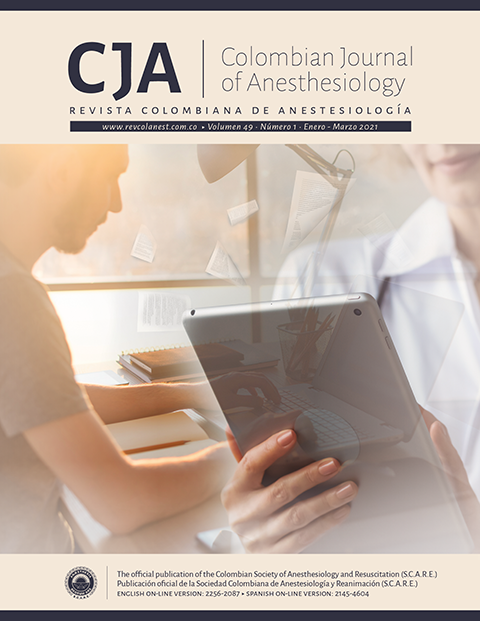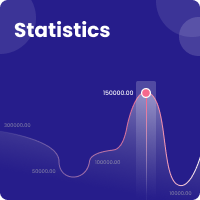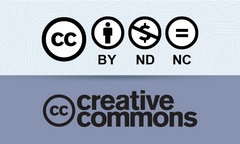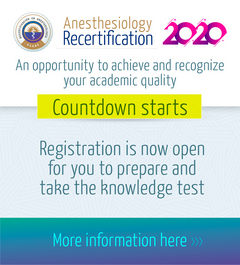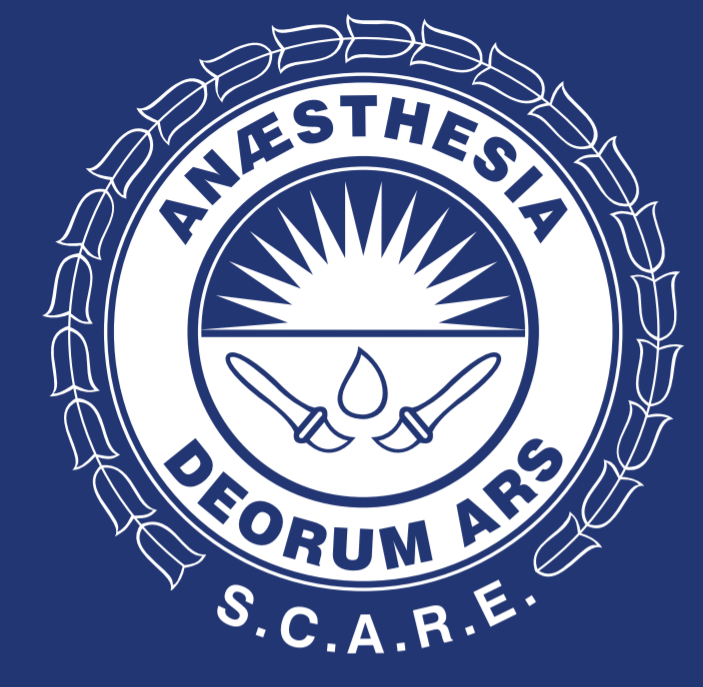Phantom eye syndrome. Case report and literature review
Abstract
A frequent complication after limb amputation is the appearance of phantom limb syndrome, a phenomenon that has also been studied in the amputation of different body parts. Cases reported in relation to ophthalmologic surgery are few and evidence is limited in terms of specific management, which makes this a very important study.
We report the case of a patient diagnosed with phantom eye syndrome in the post-operative period of an orbital exenteration surgery. A comprehensive approach was taken with multimodal symptom management, including intervention treatment. Significant improvement regarding the pain was achieved; however, non-painful ghost sensations persisted.
Upon reviewing the available literature on the subject, its pathophysiology is not fully elucidated. Its incidence is highly variable, as well as the symptoms’ appearance. The presence of headache and eye pain prior to surgery seem to be risk factors. Climate and psychological stress are exacerbating factors of the symptomatology. No high-quality evidence was found in terms of management guidelines, with the use of antidepressants, anticonvulsants and opioids being the most recommended. Interventional management is an option according to the characteristics of the pain and associated symptoms.
References
Rasmussen MLR. The eye amputated - Consequences of eye amputation with emphasis on clinical aspects, phantom eye syndrome and quality of life. Acta Ophthalmologica. 2010;88:1–25. DOI: http://doi.org/10.1111/j.1755-3768.2010.02039.x.
Andreotti AM, Goiato MC, Pellizzer EP, Pesqueira AA, Guiotti AM, Gennari-Filho H, et al. Phantom eye syndrome: A review of the literature. Scientific World Journal. 2014. DOI: http://doi.org/10.1155/2014/686493.
Rasmussen MLR, Prause JU, Toft PB. Phantom pain after eye amputation. Acta Ophthalmol. 2011;89 1:10–16. DOI: http://doi.org/10.1111/j.1755-3768.2010.02058.x.
Kaur A, Guan Y. Phantom limb pain: A literature review. Chinese J Traumatol. 2018;21(6):366–368. DOI: http://doi.org/10.1016/j.cjtee.2018.04.006.
Manchikanti L, Singh V. Managing phantom pain. Pain Physician. 2004;7 3:365–375.
Pirowska A, Wloch T, Nowobilski R, Plaszewski M, Hocini A, Ménager D. Phantom phenomena and body scheme after limb amputation: a literature review. Neurol Neurochir Pol. 2014;48(1):52–59. DOI: http://doi.org/10.1016/j.pjnns.2013.03.002.
Nicolodi M, Frezzotti R, Diadori A, Nuti A, Sicuteri F. Phantom eye: features and prevalence. The predisposing role of headache. Cephalalgia. 1997;17(4):501–504. DOI: http://doi.org/10.1046/j.1468-2982.1997.1704501.x.
Nikolajsen L, Jensen TS. Miembro fantasma. In: Wall y Melzack. Tratado del Dolor. Elsevier; 2007. p. 985–996.
Fang J, Lian Y, Xie K, Cai S. Pharmacological interventions for phantom limb pain. Chin Med J (Engl). 2013;126(3):542–549. DOI: http://doi.org/10.3760/cma.j.issn.0366-6999.20121599.
Mccormick Z, Chang-Chien G, Marshall B, Huang M, Harden RN. Phantom limb pain: A systematic neuroanatomical-based review of pharmacologic treatment. Pain Medicine. 2014;15:292–305. DOI: http://doi.org/10.1111/pme.12283.
Sörös P, Vo O, Husstedt I-W, Evers S, Gerding H. Phantom eye syndrome: Its prevalence, phenomenology, and putative mechanisms. Neurology. 2003;60(9):1542–1543. DOI: http://doi.org/10.1212/01.wnl.0000059547.68899.f5.
Shah-Desai SD, Tyers AG, Manners RM. Painful blind eye: efficacy of enucleation and evisceration in resolving ocular pain. Br J Ophthalmol. 2000;84(4):437–438. DOI: http://doi.org/10.1136/bjo.84.4.437.
Hope-Stone L, Brown SL, Heimann H, Damato B, Salmon P. Phantom Eye Syndrome: Patient Experiences after Enucleation for Uveal Melanoma. Ophthalmology. 2015;122(8):1585–1590. DOI: http://doi.org/10.1016/j.ophtha.2015.04.005.
Alviar MJM, Hale T, Dungca M. Pharmacologic interventions for treating phantom limb pain. Vol. 2016, Cochrane Database of Systematic Reviews. John Wiley and Sons Ltd.; 2016. DOI: http://doi.org/10.1002/14651858.CD006380.pub3.
Alviar MJM, Hale T, Dungca M. Pharmacologic interventions for treating phantom limb pain. Cochrane database Syst Rev. 2011;12:CD006380. DOI: http://doi.org/10.1002/14651858.CD006380.pub2.
Ho KWD, Przkora R, Kumar S. Sphenopalatine ganglion: block, radiofrequency ablation and neurostimulation - a systematic review. Vol. 18, Journal of Headache and Pain. Springer-Verlag Italia s.r.l.; 2017. DOI: http://doi.org/10.1186/s10194-017-0826-y.
Lee SH, Kim Y, Lim TY. Efficacy of sphenopalatine ganglion block in nasal mucosal headache presenting as facial pain. Cranio. 2018:1–3. DOI: http://doi.org/10.1080/08869634.2018.1475859.
Downloads
| Article metrics | |
|---|---|
| Abstract views | |
| Galley vies | |
| PDF Views | |
| HTML views | |
| Other views | |

